
8 minute read
OUTDOORS
18 THE SUN OUTDOORS
It's tarpon time again!
Reel Time
RUSTY CHINNIS
Tarpon season is one of the most anticipated times of the year on local waters. While I’ve encountered tarpon occasionally most every month of the year, April through July is the time eager anglers turn their sights to these silverarmored adversaries. Their arrival in numbers worth pursuing is generally water temperature-dependent. The magic number is debatable, but when water temperatures reach into the 70s, ardent anglers take notice. When that number reaches the high 70s to 80s, they take action. Hopefully, there will be a season.
I thought long and hard about the subject of this week’s article. The condition of local waters has worried me the past few years as regular readers of this column will no doubt be aware. The resilient marine ecosystem that has amazed me in the past has not recovered after the 2017-18 red tide. On top of this, the disaster at Piney Point puts massive amounts of nutrients into Tampa Bay just as waters start to warm and red tide reports creep up the coast. But let’s be optimistic.
We are blessed with some of the best tarpon fishing in the world and the local bars and inshore waters host some of the finest fly and spin fishing to be found anywhere. For most anglers this isn’t a numbers game; it’s the hunt and the action that keeps them pinned to the bow in the sizzling summer sun.
Tackle should match the size of the quarry, with most anglers opting for a 20- to 30-pound spin outfit and/or 11- to 12-weight fly outfit. A heavy bite tippet is required because of the size of tarpon and their rasp-like mouth. Fly anglers generally use 60- to 80-pound tippets while spin anglers choose 70- to 100-pound test. While it might seem like a difficult task to land a tarpon on the fly, or any tackle for that matter, an angler who knows the limits of her gear can actually land a tarpon in a surprisingly short time. The key is to apply maximum pressure from the hookup and never let up. Too many anglers “baby” their tarpon in a misguided attempt to land them. The truth is that the longer you fight a tarpon the better chance you have of losing it.
A properly (IGFA approved) tied tarpon leader used by fly fishers usually runs between 10 and 12 feet and is tapered to accurately deliver the fly. The leader includes a class tippet (weakest link) from 16 to 20 pounds that is doubled at both ends to soften the (shock) impact to the class tippet and bite tippet. Key to the whole equation is to have a very sharp hook, as tarpon have extremely tough mouths. Conventional leaders vary from angler to angler, but a doubled standing line tied to a leader and then to the bite “tippet” with a blood knot or Albright Special won’t fail you.
Flies vary from the classic splayed feather “Key’s” style to more complex designs like the “Toad,” various baitfish imitations and worm flies. Some fly anglers are not concerned with landing a tarpon, preferring to just enjoy the hunt, the hookup and the jumps that usually follow the hook set. They use light bite tippets which allows the tarpon to work through the leader with their abrasive mouths. The key to landing tarpon on the fly is accuracy. The fly must be placed perfectly, move in a precise direction relative to the fish and be at the proper (fishes’) depth. Even when all of these factors come together, there’s still about a 50% chance that the tarpon will reject the fly, assuming that the condition of local waters doesn’t repel them first.
It’s happened before and while some would have you believe it’s natural and there’s nothing to be done, if there’s any silver lining in all this, it’s that it wakes us up to what we can and must do to protect our passion. But more on both fronts next week. To learn more and lend support go to www.suncoastwaterkeeper.org.
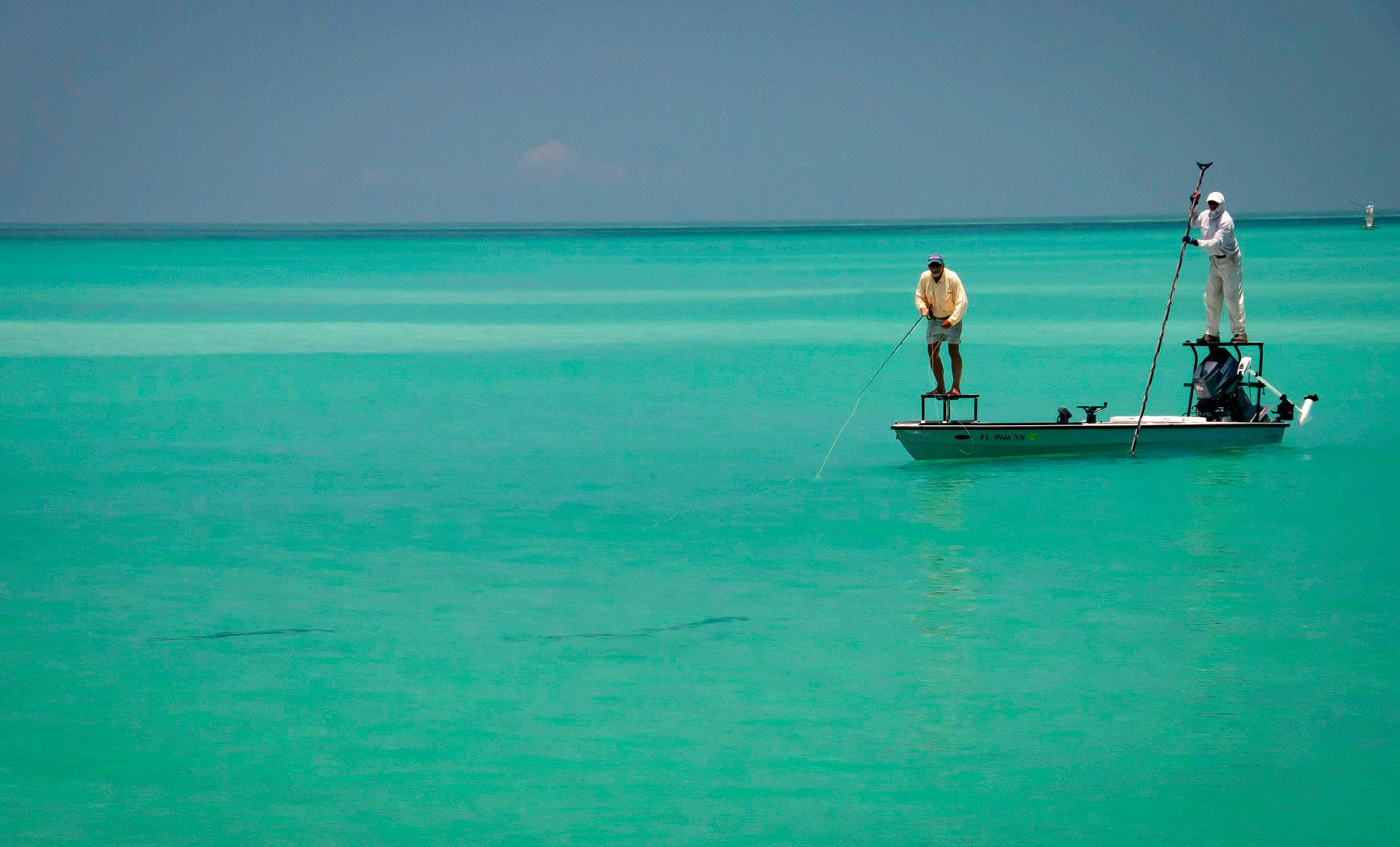
It's tarpon time in Anna Maria Island waters.
RUSTY CHINNIS | SUN











Grass flats holding trout, Spanish mackerel
CAPTAIN RICK GRASSETT
Anglers fishing with me out of CB’s Saltwater Outfitters on Siesta Key had good action with trout and Spanish mackerel on deep grass flats of Sarasota Bay with me recently. Spin fishing anglers scored with CAL jigs and a variety of plastic tails and DOA Deadly Combos. Fly anglers got it done with Clouser flies fished on sink tip fly lines.
Greg Stepanski, from Tampa, fished a blustery day in Sarasota Bay with me recently and had good action with trout and Spanish mackerel on CAL jigs and plugs. We ducked into a creek to hide from the wind and caught and released some decent jacks and a snook.
Fly angler Dave Wahl, from Lakewood Ranch, also got in on the action on another trip, catching and releasing trout and blues on Clouser flies fished on a sink tip fly line. Susan Wayde, from Bloomfield Hills, Mich., took the CB’s Saltwater Outfitters Orvis-Endorsed fly-fishing school and then fished Sarasota Bay with Mark Wayde, also from Bloomfield Hills, with me recently. They had a great day catching and releasing trout, jacks and a couple of Spanish mackerel on Clouser flies.
Fishing deep grass flats of Sarasota Bay is a good choice for action with a variety of species including trout, Spanish mackerel, blues and pompano. Check the coastal Gulf for Spanish mackerel, false albacore and tripletail when conditions are good. Our natural resources are under constant pressure from red tides fueled by industrial, agricultural and residential runoff, toxic spills, freezes, increasing fishing pressure and habitat loss and degradation. Please limit your kill, don’t kill your limit!
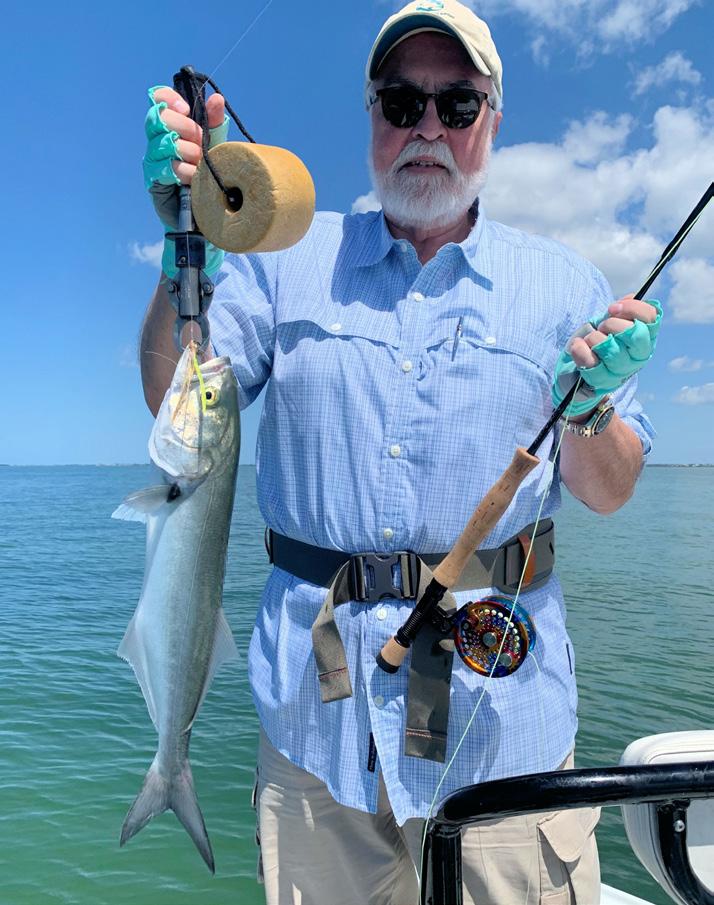
CAPTAIN RICK GRASSETT | SUBMITTED Above, Dave Wahl (above), from Lakewood Ranch, with a bluefish caught and released on a Clouser fly and Greg Stepanski (right), from Tampa, fished a blustery day in Sarasota Bay and caught and released Spanish mackerel and jack crevalle (pictured) on CAL jigs with plastic tails and plugs while fishing with Capt. Rick Grassett recently.


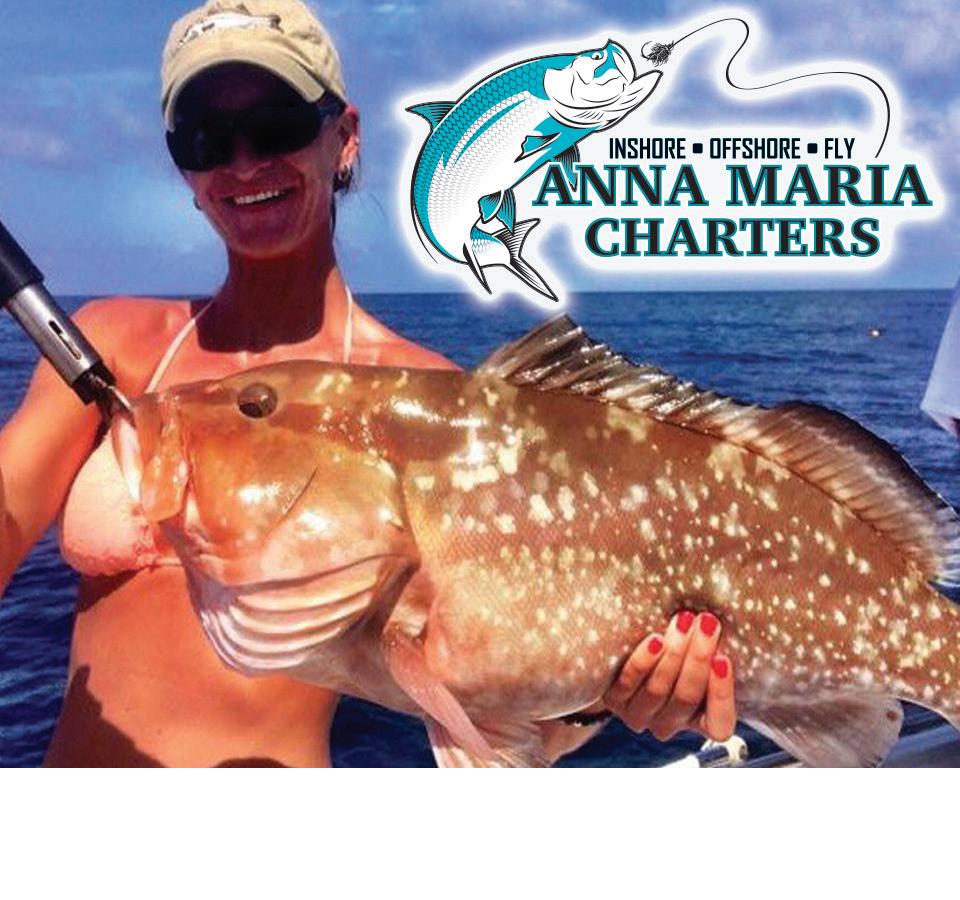







Your Perfect Wedding Awaits…
From breathtaking beach vistas and perfect sunsets on Anna Maria to our famous buttonwood trees on Longboat Key and rural and rustic farm in Parrish, couples can’t go wrong with Anna Maria Island venues. Most famous of our locations, The Grand Pavilion at The Sandbar has been a favorite beachfront wedding spot for decades. Tucked among the sea oats and native grasses, the Pavilion is 10 steps from your own secret slice of sugar-sand beach. The Sunset Deck at the Beach House offers the largest beachfront deck of any of Florida’s West Coast venues. This state-of-the-art facility boasts climate-controlled dining and an unobstructed view of the Gulf of Mexico. Buttonwood Bay at Mar Vista is a location that couples dream about. With majestic buttonwood trees, beachfront footage, and Longboat Key in your sights, your camera needs to be your plus one. The Studio at Gulf & Pine offers indoor elegance surrounded by local art, just steps from the beach. Not far from Anna Maria Island is Gamble Creek Farm, our newest wedding and events destination. With acres of farmland, creek front scenery, and plenty of privacy, Gamble Creek is the perfect venue for the couple looking for that rustic, farm to table experience.
For multiple years now, couples of "The Knot" and “Wedding Wire” have voted The Grand Pavilion at The Sandbar and the Sunset Deck at The Beach House top-rated ceremony and wedding destinations. With perfect venues and an event team that is constantly receiving glowing reviews, Anna Maria Island Venues offers something for everyone. If you are having trouble selecting the perfect destination, ask our team about our All Venue Packages to experience a taste of them all.
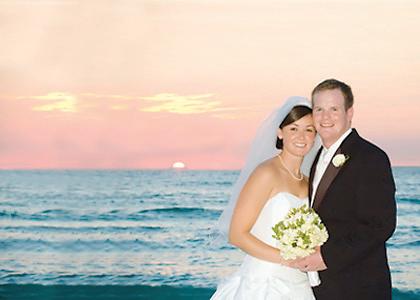
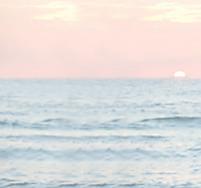



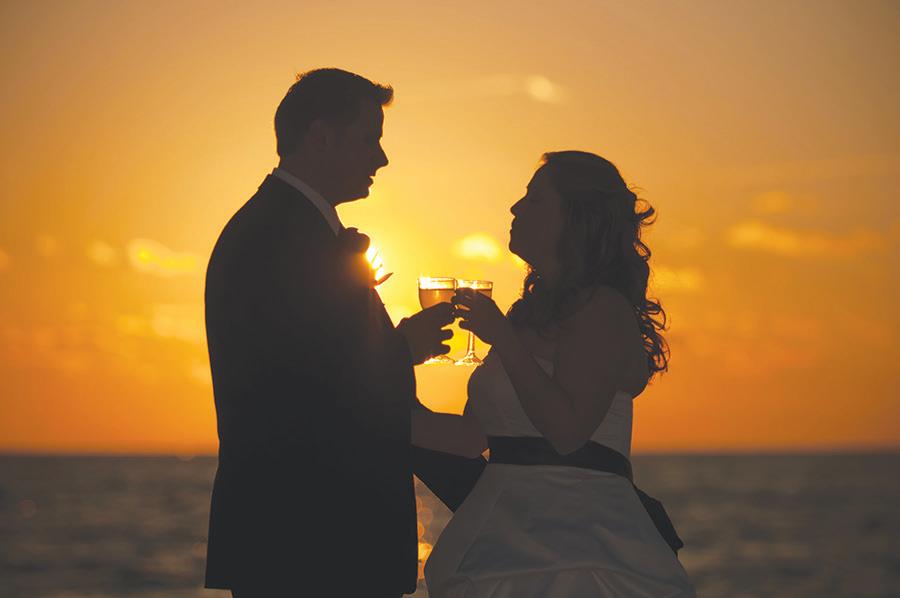



DARA CAUDILL | WWW.ISLANDPHOTOGRAPHY.ORG Jennifer & Alex Pazink celebrated their 10th wedding anniversary! They were married on December 4, 2010 at the Sandbar restaurant. Chuck Caudill provided the music. Reverend Charlie Shook officiated. Patti Mckee coordinated the wedding and reception. Jennifer and Alex currently reside in Bradenton, Florida with their two sons, Colton 8, and Lukas 5.




